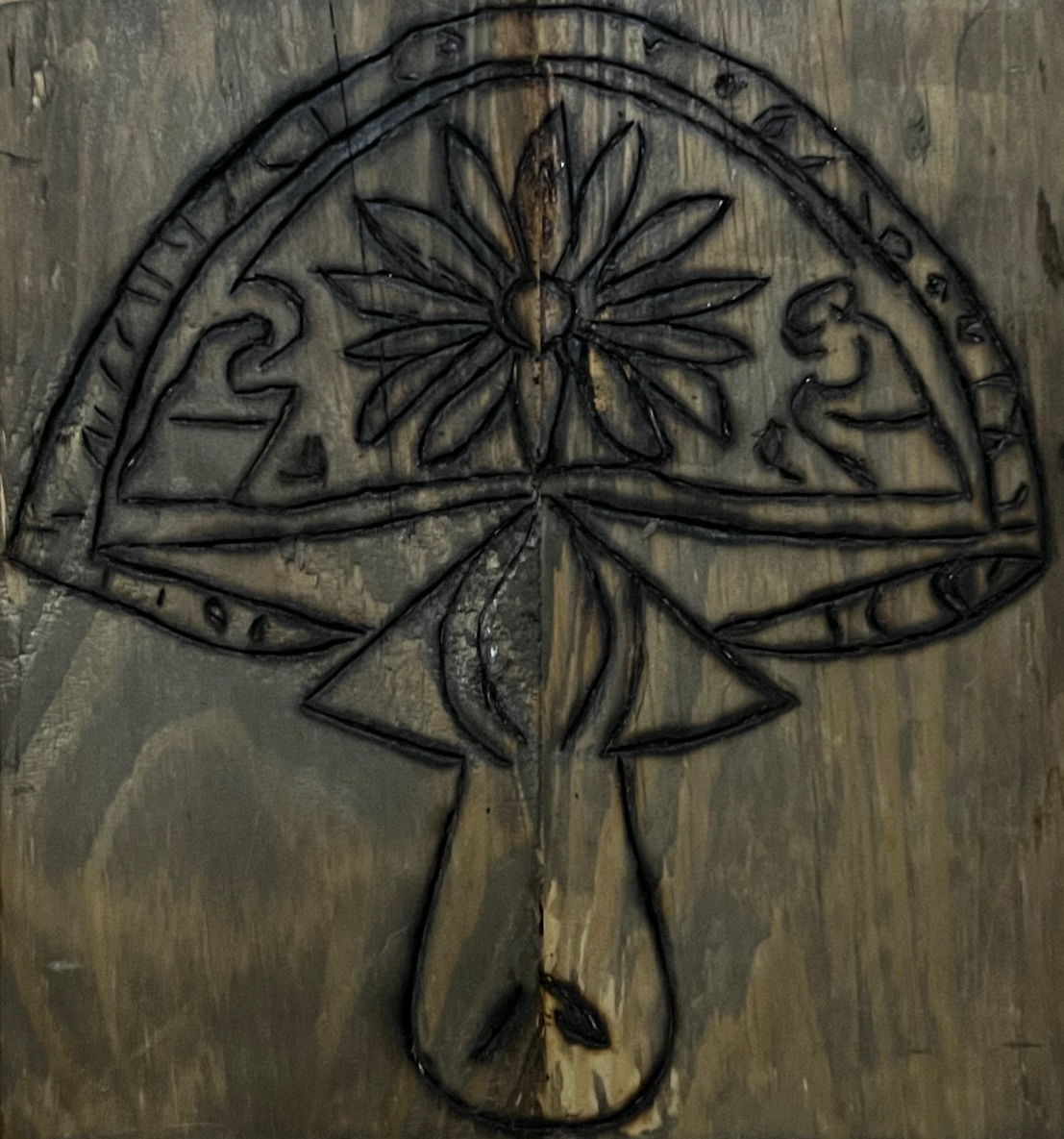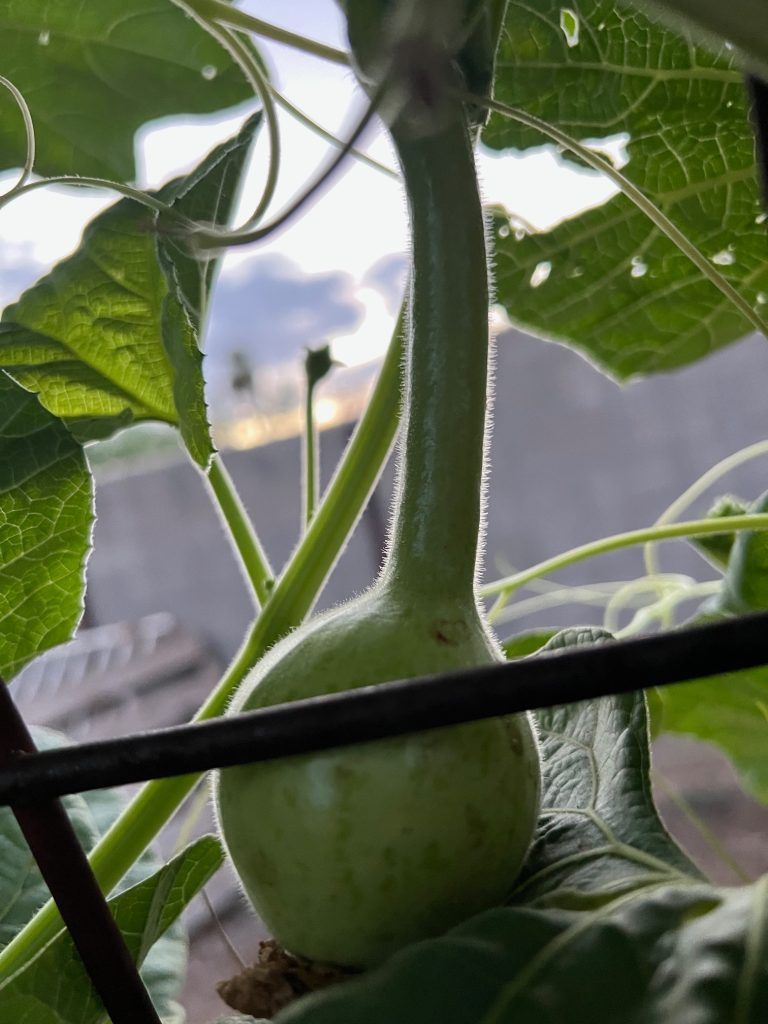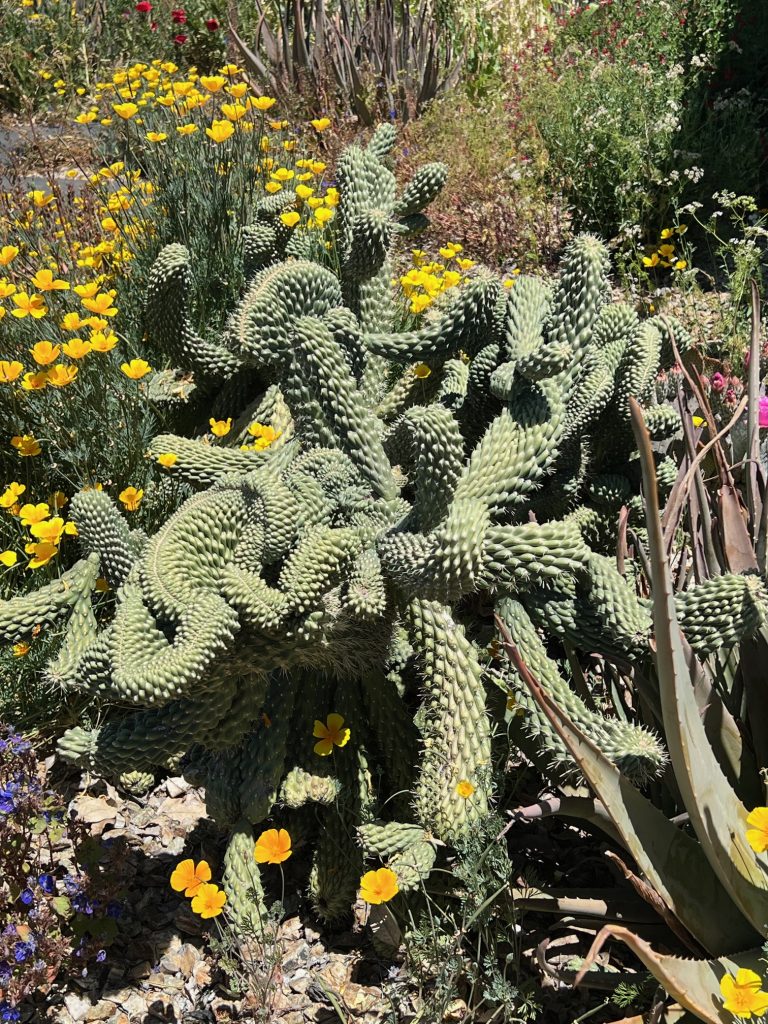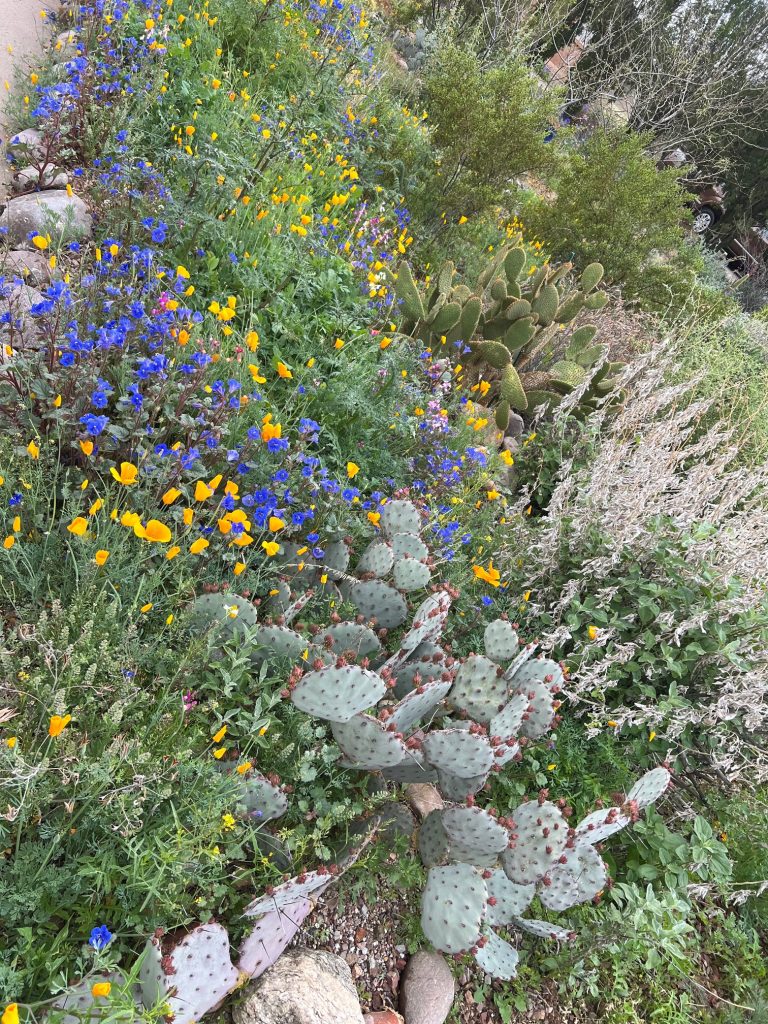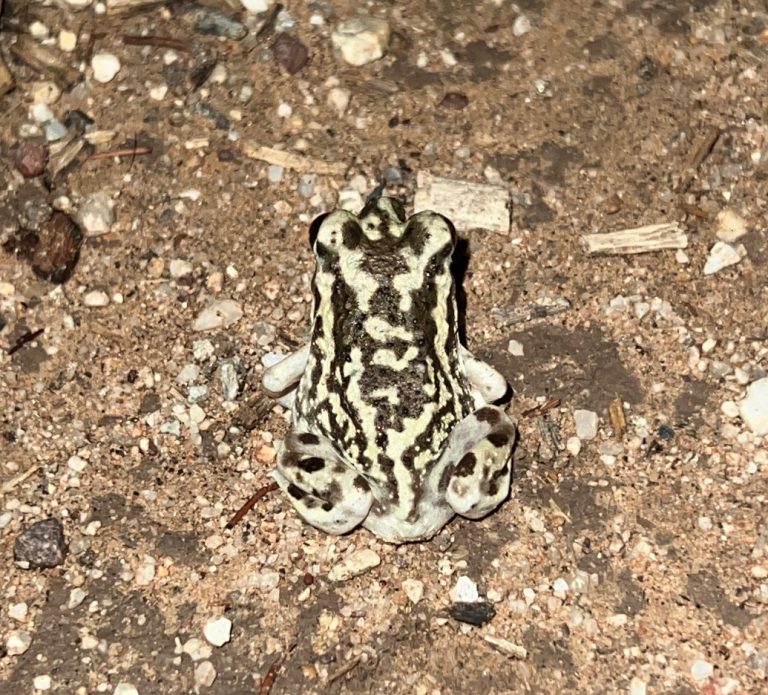00 – After the Holidays – Pablo’s Reintroduction
Seasons greetings!
My name is Pablo, but my friends call me Cholla after my personal spirit plant, the cholla cactus, Cylindropuntia (previously Opuntia), which includes segmented cacti with pads such as the Prickly Pear Cactus, as opposed to the cylindrical joints of the cholla. There are multiple species, but probably the most well-known are the Teddy Bear Cholla and the Jumping Cholla.
They are highly adapted to desert life; during times of intense drought, they can become completely devoid of water and will rehydrate rapidly when there is available water. Their segments act as water storage, branches, and leaves. They are shaped in such a way that they reduce surface area, preventing moisture loss. Furthermore, they perform a type of photosynthesis called CAM (Crassulacean Acid Metabolism). This type of metabolic process allows the plant to open its pores (stomata) only at night when temperatures are lower, which greatly reduces water loss through gas exchange.
They can also thrive in soil that is very poor in nutrients and have a specialized root system in order to take advantage of all accessible water, but one of their greatest talents is in their reproduction techniques. Cholla fruit develops full of dry, light-weight seeds, which often have structures that enable them to take advantage of wind dispersion. The seeds also tend to get stuck on animals, which spread them far and wide. The fruit tends to stick around on the plant for an extended period of time, seemingly waiting for the perfect opportunity to allow the rain to knock the seeds off and also carry them to other areas. Some animals, as well as humans, consume the cholla fruit, and when it passes through the digestive system, it is deposited along with nutrient-rich droppings and is likely more fertile after the seed has been exposed to the digestive process. Even ants are involved in the spreading of this special family of cacti. Some species of cholla have fatty deposits on the seeds, which attract the ants, and when they have consumed these fatty substances (called elaiosomes), the seeds are then discarded and viable for germinating.
That is pretty amazing, if you ask me, but it doesn’t stop there. Cholla forests are often found to be composed of plants with identical DNA. The segments of a cholla cactus may easily dislodge upon being brushed against, attaching themselves to the passerby to be carried unintentionally to distant lands, or by simply falling to the ground and forming roots, establishing a new plant as a clone of the cactus it originated from. In this way, cholla is known to dominate large landscapes with its other-worldly appearance (some species, such as the Teddy Bear Cholla, have dense spines that can appear to glow in the right lighting).
Cholla is also very important for certain birds. They use the clusters of cacti covered in spines to build fortified nests to protect themselves and their young from predators. Two such birds are Cactus Wrens and Gila Woodpeckers.
Cholla is an iconic, highly specialized, and adapted organism that embodies the strength and perseverance required to survive in such an environment. Like the cholla, humans that live in the Sonoran Desert, for example, must use every resource available to them as well as utilize any number of techniques and methods to survive in this harsh environment. It is important that we realize we are not isolated from the land around us, and if we continue to take without giving, our luck is sure to run out sooner than later. Even the extreme survivalist, the cholla cactus, gives back to the land and provides shade, soil development and protection, habitat for birds, and fruit and flower buds, which have provided nutrition and medicine to animals and humans throughout history.
Unfortunately, humans have affected our environment in such a way that we are purposely directing all rainwater to streets and tunnels and then moving the water rapidly across the surface of the washes and deserts; therefore, we lose the vast majority of our annual rainfall to poor management practices that only promote rapid evaporation. We replace native, food-producing plants with popular ornamental plants, reducing the naturally available resources for animals and humans alike, and irrigate those plants with water from the Colorado River from hundreds of miles away.
I think there is a lot we can learn from the humble cholla cactus. Not the least of which is learning to live with the local resources we can draw from without damaging the land and beginning to exist in a manner that is in tune with the rhythms around us.

